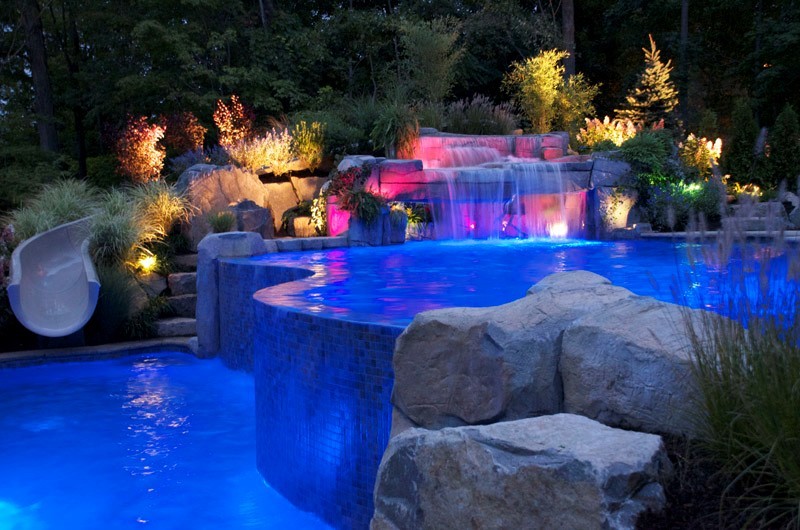If you’ve been looking for a way to reduce your carbon footprint or lower your monthly energy bill, there are a lot of small changes you can make at home that can have a big impact. The good news is that with the right technology, many of these changes can actually make your life easier instead of more complicated. One of those technologies is a lighting control system. Studies show that electric lighting typically takes up to 25 percent of a home’s energy budget, so making improvements to lighting usage are definitely a smart idea. If you’re a homeowner in the Dallas, Texas area, then keep reading to learn the best approach to energy-efficient lighting.
Start by Making Your Lights Smarter
By smarter, we mean connecting all of the light fixtures throughout your home to a smart home automation system. This central platform makes it easy to monitor energy usage and manage all of the lights at once. From your smartphone or tablet, you can simply push a button and have all of the lights in the home (or just the lights in one room) turn on or off immediately.
Take Advantage of Dimmers
Once you’ve added the lighting control system to your house, you can start to do more sophisticated energy management such as dimming lights. In the typical home, lights have two settings: on and off. But there are many instances when you don’t need your lights blasting at full brightness. By using dimmers, you can get the best lighting for every occasion and save energy while you’re doing it. Using your control panel or remote, you can set the lighting in the room to 30 percent or 80 percent – whatever makes sense for that given moment. According to Vantage, one of the top manufacturers of lighting control systems, by dimming a 1500 hour incandescent lamp by 33 percent, you can make that bulb last nearly ten years.
SEE ALSO: Getting Started with Lighting Control
Use Lighting Automation
Another cool energy-saving feature of a lighting control system is automation. Using sensors, your lights can react automatically to different environments. For example, you could add motion sensors that detect when a room is unoccupied. After 5 minutes, the lights will turn off automatically to save energy, then turn on instantly if someone enters the area. Another type of technology to take advantage of is daylight sensors. These sensors track how much daylight is entering the room through windows. On sunny days, the system will dim the overhead lights so that the room is still well lit, then brighten the lights if the weather grows cloudy. Without you having to lift a finger, your home reacts to keep everything energy-efficient for you.
: Creation of dynamic property EasyBlogSocialButtonExternal::$post is deprecated in


